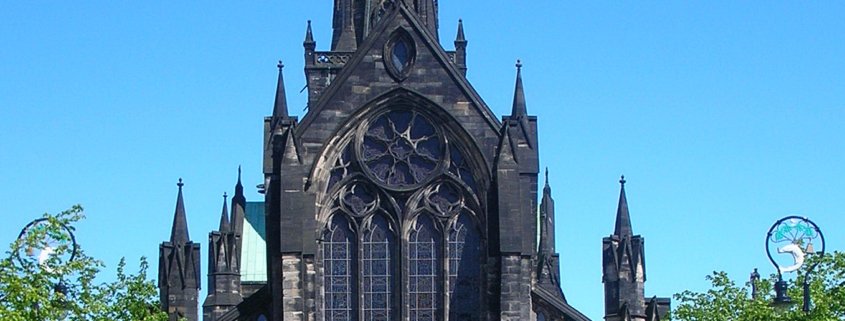The Medieval Ambience of the Glasgow Cathedral
Medieval age is described as the history that took place from the 5th to the 15th centuries in Europe. Many significant events took place during these times such as the collapse of the Western Roman Empire, the Renaissance and the Age of Discovery. In addition to that, many infrastructures like churches were built during this period with some of them still standing to this day. An example of such medieval churches is the Glasgow Cathedral. This church is also called St. Mungo’s or St. Kentigern’s Cathedral as well as High Kirk of Glasgow. This is the current place of worship for worship for Catholics of Scotland.
The title cathedral is historic and honorific. In fact, this title dates back from the period prior to the famous Scottish Reformation. This church was given the status as the mother church of the Glasgow Archdiocese of the Roman Catholic and the Cathedral of the Glasgow Archbishop. The current congregation of the church is included in the Presbytery of Glasgow of the Church of Scotland. Glasgow Cathedral can be found at the eastern side of the Cathedral Street that is beside the hospital known as the Glasgow Royal Infirmary and at the northern part of High Street.
The cathedral’s history is connected with that of Glasgow City. It is supposedly situated where Saint Mungo (patron saint of Glasgow) built his church. The tomb of St. Mungo is located in the lower crypt of the cathedral. This cathedral was built before the Scottish Reformation during the latter part of the 12th century and it serves as the seat of the Bishop as well as the Archbishop of the city. This cathedral is an excellent illustration of the Scottish Gothic style of architecture. In addition, this is one of the few Scottish churches of medieval origin that was able to survive the Reformation movement and is not unroofed. This is the only cathedral in Scotland that was built during the medieval times.
The first stone that was used to build the Glasgow Cathedral was devoted in the attendance of their monarch, King David I in 1136. In 1197, the church building that can be seen today was consecrated. Since that period, the Cathedral has been safe and never been subjected to unroofing. For more than 8 centuries, Roman Catholics have been worshiping God within the cathedral’s walls.
The superb accomplishments of the builders and architects of the church are still present and can be admired or studied by the public. Nevertheless, not all things you see in the cathedral are old because it underwent several modifications, but still, the cathedral is the house for one of the premium post-war collections of stained glass windows that you can see in Britain.
In the same vein, medieval crossbows are something worth seeing in the United Kingdom. All kinds of storage of crossbows can be viewed on display and it is amazing how many people are still avid fans of this ancient art. Great cases for crossbows have been fashioned out of wood, metal and glass elaborately decorated. You must make it a point to visit a museum when you get the chance.
The Glasgow Cathedral is one of the crown properties of the country and great care is given to it by the authorities. As a visitor in Glasgow or Scotland in general, you will not leave the city without having to visit this magnificent medieval church.



